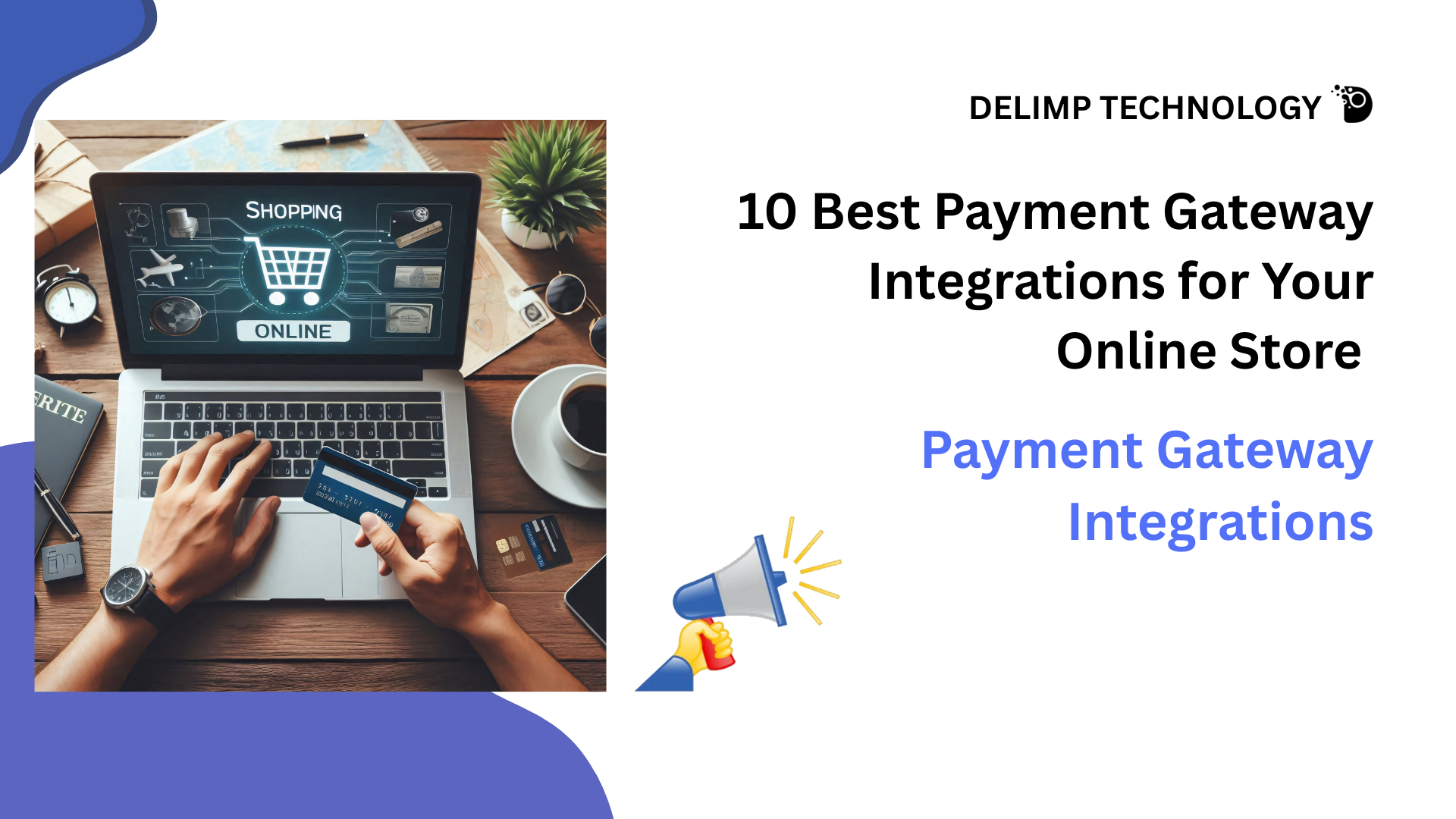The e-commerce business is one of the most attractive targets for cybercriminals, which is why online merchants must be aware of the risks and take the necessary precautions to safeguard their sites. Check out these five top security procedures to protect your online business, avoid e-commerce fraud, and maintain consumer data confidentiality.
Tips for Securing Your eCommerce Business
Here Are Five Steps You May Take to Secure Your Online Store.
1. Choose a Secure E-Commerce Platform
As the saying goes, get the fundamentals perfect and the rest will fall into place. Using a secure platform is the first step in creating a secure e-commerce website. There are so many open-source and proprietary e-commerce platforms to choose from that it might be tough. However, regardless of whose platform you use, be sure it has comprehensive security features in place and is PCI compliant. Run PCI scans on your server to see whether you are compliant.
Also, ensure that you are using the most recent version of the program. Install any new patches as soon as they become available.
2. Implement SSL Certificates
SSL has become the industry standard for safe online secure transactions. The SSL certificate verifies user identities and encrypts data in transit and storage. SSL is required for safe communication between end-user computers and e-commerce website development in Dubai.
The padlock emblem and “HTTPS” in the address bar are required for tech-savvy shoppers to provide their personal information and payment card information. Consumers are more inclined to conduct business with a provider if they feel it is doing all necessary to protect their secure transactions.
3. Consider Two-Factor Authentication
User credentials that have been stolen or compromised are a typical source of online security breaches. There are several ‘phishing’ methods for stealing or guessing legitimate user credentials and jeopardizing the security of your online shop. That is where the requirement for a tried-and-true user authentication process comes into play; it is the cornerstone for protecting your online store from hacker attempts.
As an added layer of protection, many eCommerce Web Design & Development use two-factor authentication (2FA). This is a security procedure in which a valid user must supply two forms of identification: the username/password combination and an autogenerated code delivered to the user’s confirmed phone number. Hackers may be able to guess the password, but they cannot take the code, which typically expires after a limited period of time.
4. Use a Virtual Private Network.
While dealing with consumer data, particularly financially secure transactions, you must exercise extra caution when using public networks. Data sent over public networks can be intercepted by malevolent users. In this case, a VPN service comes in handy. It provides you with an encrypted connection to a secure offsite server, preventing a third party from interfering with your connection.
If the cost of a standard VPN subscription concerns you, try an SSL-based VPN, which is less expensive. OpenVPN is a popular option since it provides a free open-source, community-based edition.
5. Educate Your Customers and Employees
Users must be educated on the rules and procedures that govern customer data. Educate your clients and employees on your information security processes. Inform them on how you protect your customers’ credit card information and what they can do to keep their financial information safe. Highlight your organization’s finest data security standards and instruct people not to share sensitive material via email, text, or chat contact.
Your personnel must also be taught the steps that must be taken to protect consumer data. Direct them to closely follow mandatory security processes and regulations in order to safeguard your company from any legal penalties.
What Is E-Commerce Security?
E-commerce security safeguards your company’s data and system against cyberattacks as well as unauthorized access or usage by hackers and dangerous bots. It secures your internet company and safeguards your customers’ and businesses’ confidential information.
The Importance of Security in E-Commerce
As the owner of an e-commerce company, you must guarantee that all consumer data is handled properly and securely. Features for e-commerce website e-commerce security can be a tough issue, but it is your obligation to keep your website secure and important client data safe.
Customers want to deal with a company they can rely on. They want their personal information, such as their credit card number or other financial information, to be adequately safeguarded when they submit it into a form on your website. Consumers are less inclined to do business with you in the future if your firm is compromised and client information is disclosed.
Potential E-Commerce Security Threats
With the correct measures in place, you can protect your company and its customers against online attacks. Here are some frequent risks to be aware of.
Phishing
Hackers use email, SMS messages, and even phone calls to deceive business owners into disclosing personal information such as passwords, financial information, and Social Security numbers. They frequently pose as an authoritative entity that is only “checking” or “updating” material it already possesses.
Giving away sensitive information if you did not initiate the connection is never a smart idea. Instead of responding to email or text messages or providing information over the phone, contact the organization’s customer service number directly.
Malware and Ransomware
Avoid clicking on links or downloading software you’re not familiar with, as these are common doorways to malware and other device- and network-infecting software. Once your system has been compromised, hackers may prevent you from accessing data and may demand money to restore your access.
Another measure you can take to avoid a crunch like this is to back up your information regularly so that, even if your system is compromised, you can restore your system using your backup.
SQL Injection
SQL injection is a cunning tactic used by attackers to influence your system’s back end. This is effectively a data breach, which means they have access to confidential information and may manage a portion of your system without your knowledge.
To avoid this attack, keep your system up to date and consider installing a web application firewall to assist block malicious data.
Cross-Site Scripting (XSS)
This occurs when a hacker inserts malicious code onto your company’s website. As visitors to your website are vulnerable to malware, phishing, malicious bots, and other strategies to steal their information, this tactic is used to directly steal from them. Consider implementing the HTTP Content Security Policy to improve data security.
E-Skimming
When hackers get access to your e-commerce shop via phishing, XSS, or other means, they wait for consumers at the checkout page to swipe their credit card and personal information. When attackers e-skim, they are attempting to obtain all of the information on your credit card processing sites.
The FBI suggests keeping your software up to date, changing all default credentials to strong passwords, using multifactor authentication, and segmenting and isolating networks and services to secure transactions on your website’s payment page.





